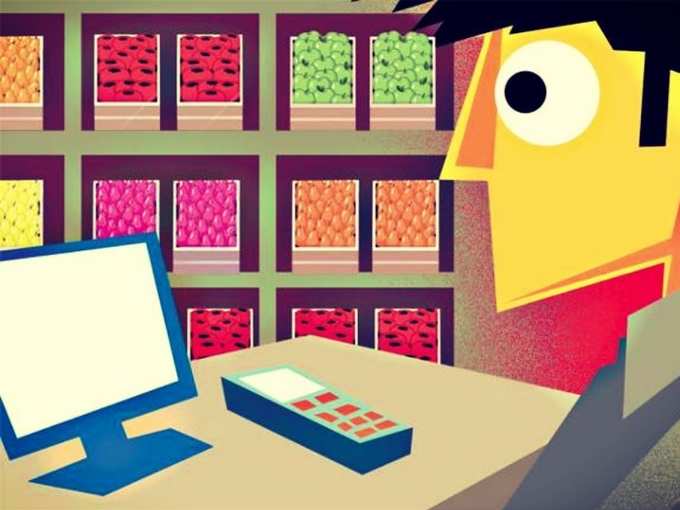 India’s third-largest
India’s third-largest PepperTap’s business was around delivering from local stores to nearby homes. One could order from the company’s app or website, and it would deliver groceries within two hours.
Live many startups, it had the backing of serious VC firms like Sequoia Capital and SAIF Partners, and raised some $40 million last year. It wasn’t an inventory-based model, so didn’t need much capital either.
Here’s what went wrong with the company:
Hurried Expansion: In recent months, several hyper-local startups, including TinyOwl, Grofers, and Foodpanda have pulled out of cities.
As unit economics become increasingly important for investors, few see point in aimlessly growing in multiple cities with lesser traction. In January this year SoftBank-backed Grofers pulled out of nine markets.
PepperTap was in hyper-growth mode. It expanded to 17 cities, and was close to delivering an average of 20,000 orders per day. This huge demand meant they needed to have spare inventory to stick to their ‘two hour delivery’ promise.
If your product architecture is not ready to accommodate that growth, there is a...
Tech Failure: PepperTap co-founder Navneet Singh accepted in a recent interview that the company lacked the technology to support its crazy growth rate.
Basically too many orders to handle. Weak tech back-end meant website crashes and technical glitches.
Deep Discounting: With several players in the online grocery retail business, the one that offered the cheapest prices took the customer, and lost VC money. You lose either way, and with strong competition from physical stores, the discount race can get exasperating.
Now India’s $400 billion food and grocery industry has been majorly controlled by large brick & mortar retailers who enjoy a slim 5-10% margin. For
Also, if not sold fresh, groceries can go bad. Singh agrees they were burning cash on every single order, and there was no visible end.
Image credit: Indiatimes